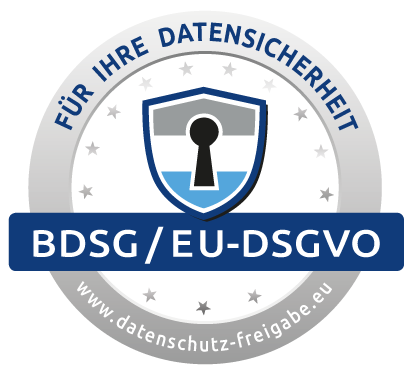Follow-up service and introductory training
Here to stay
Signing the contract is not the finish line of successfully filling a vacant position. How quickly a senior manager takes on their new tasks and whether or not they stay with the company for a long time depends on how well they and the company handle the transition period. To us, helping companies develop a follow-up plan and helping new employees feel welcome and at home at their new position is part of our job. There are several aspects to an onboarding strategy:- communicating openly and clearly concerning tasks and expectations
- defining and communicating clearly which goals are supposed to have been reached by the end of the probation period
- a written plan outlining the tasks during the introductory phase
- briefing the team beforehand about their new colleague and informing them about management’s expectations of him or her
- a document detailing the new employee’s responsibilities, handling of certain tasks, introductory events (if applicable) etc.
- naming a contact person and mentors, and actively assisting with personal networking that goes beyond merely work-related matters
- scheduling regular feedback meetings early on
- if necessary: supervision, coaching and assistance through a systematic employee development







